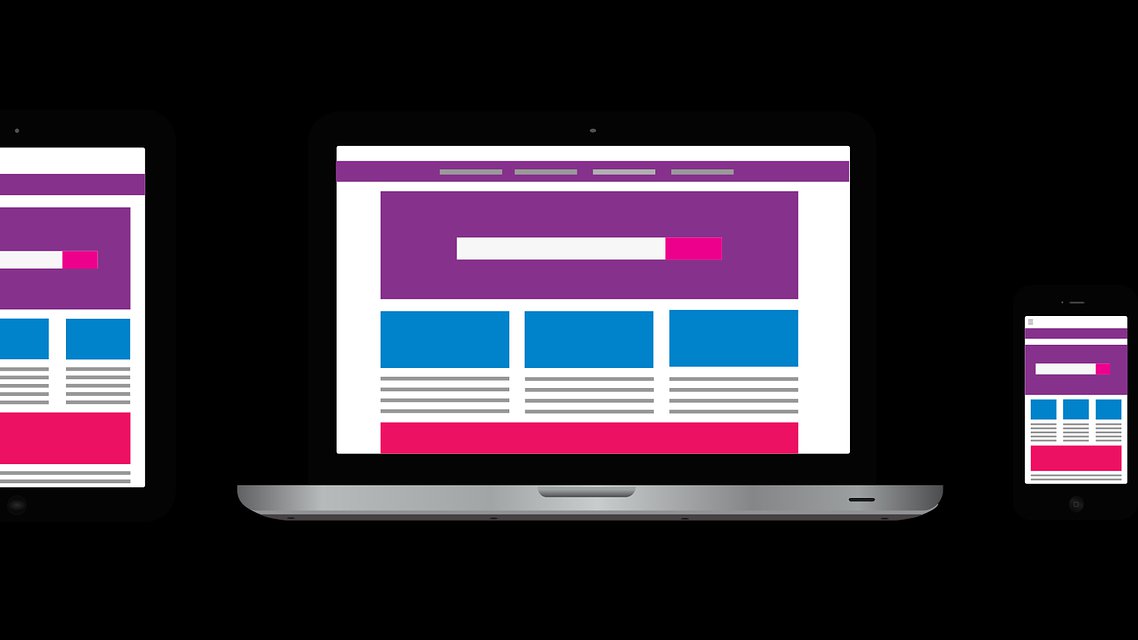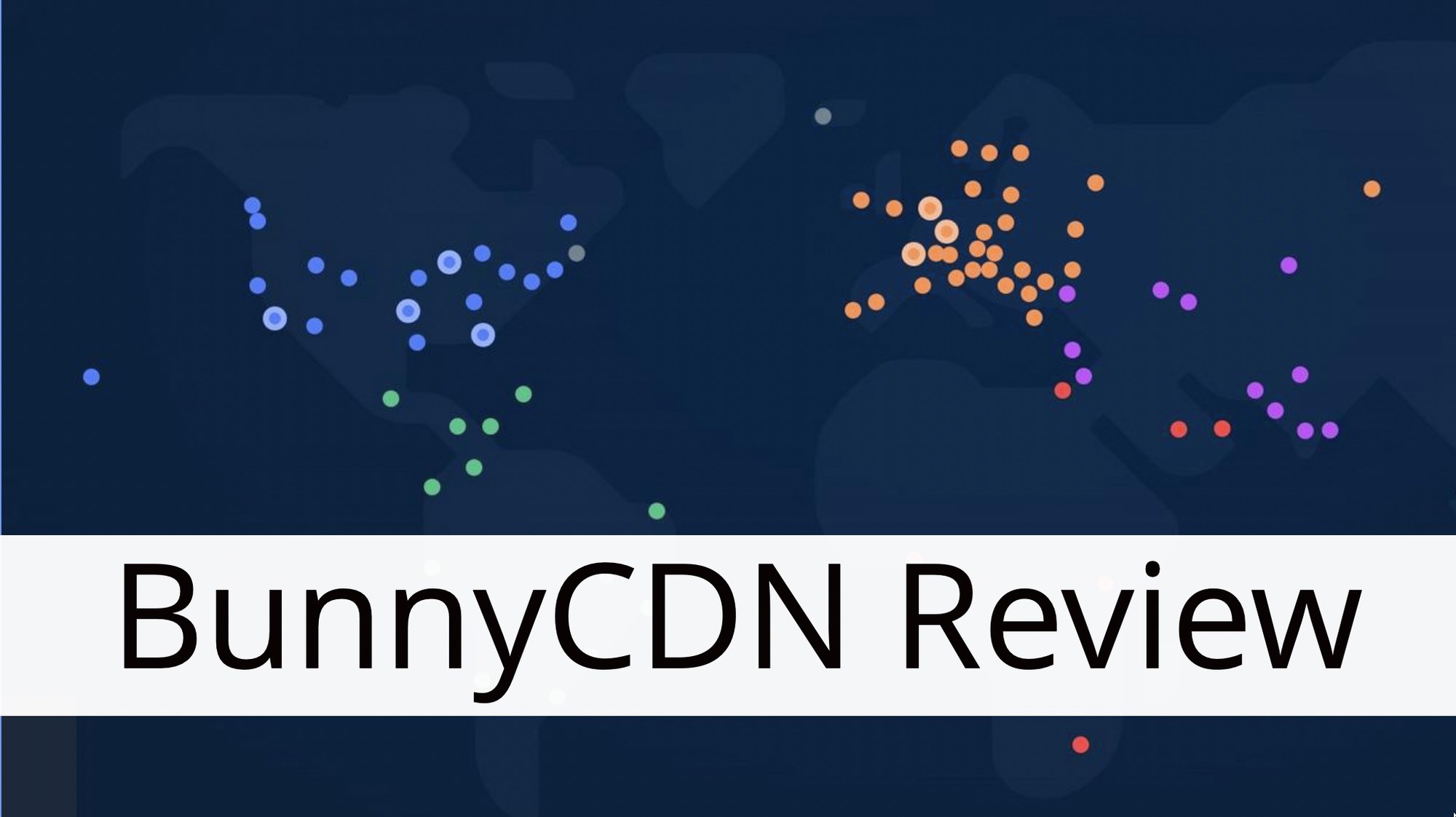Managing a website can be a complex and time-consuming task, especially when you’re dealing with a content management system (CMS) that may not offer the flexibility and performance you need. That’s where headless WordPress comes in. 🚀
In this article, we’ll explore the world of headless WordPress and introduce you to some of the top tools that can streamline your website management process. Whether you’re a developer looking for improved performance or a content creator seeking a seamless content workflow, these tools have got you covered.
But first, let’s start by understanding what exactly headless WordPress is and why it’s gaining popularity in the web development community. 🤔
What is Headless WordPress?
Headless WordPress is a relatively new approach to website development that separates the frontend and backend components of a traditional WordPress site. In a headless setup, the WordPress backend (admin panel, database, and content management system) is decoupled from the frontend, allowing developers to create dynamic and interactive websites using modern web technologies like React, Angular, or Vue.js.
🤔 So how does headless WordPress work? Let’s take a closer look:
The separation of concerns
In a traditional WordPress setup, the frontend and backend are tightly integrated, with the PHP-generated HTML being served directly to the user’s browser. However, in a headless WordPress architecture, the backend acts solely as a content repository, while the frontend serves as the presentation layer that interacts with the user.
The role of APIs
To facilitate this decoupling, headless WordPress leverages the power of APIs (Application Programming Interfaces). WordPress provides a REST API that allows developers to retrieve and manipulate content stored in the WordPress backend. This means you can use the REST API to fetch data (such as blog posts, pages, and media) from WordPress and display it in any frontend application that can consume API data.
Benefits of going headless
Now that we understand the basics of headless WordPress, let’s explore some of the benefits it offers:
- Flexibility: With headless WordPress, you have the freedom to choose any frontend technology stack that best suits your project’s needs. This opens up a world of possibilities for creating highly customized and interactive user experiences.
- Improved Performance: By offloading the frontend rendering to a separate application, headless WordPress can deliver lightning-fast websites. The reduced server load results in improved page load times and enhanced user experience.
- Future-Proofing: Since frontend and backend are decoupled, you have the flexibility to update and iterate on each component independently. This ensures that your website stays up to date with the latest web development trends and technologies.
- Content Reusability: Headless WordPress allows you to reuse your content across multiple platforms (websites, mobile apps, IoT devices, etc.). With the REST API, you can fetch the same content from the WordPress backend and display it in different formats for various channels.
So, whether you’re a developer looking for a more flexible and performant approach to web development or a content creator aiming to reach a wider audience on different platforms, headless WordPress offers a powerful and versatile solution.
Remember, headless WordPress is not the right fit for every project. It’s important to assess your specific requirements and evaluate whether the benefits of a headless architecture outweigh the complexities involved.
Now that we’ve covered the basics of headless WordPress and its benefits, let’s dive deeper into how you can set up and work with this exciting approach.
Stay tuned for the next section on “Setting up Headless WordPress” where we’ll explore the steps involved in getting your headless WordPress site up and running! 🚀
Benefits of Headless WordPress
🎉 Welcome to the world of Headless WordPress, where you can take your website to new heights! In this section, we’ll dive into three key benefits of using Headless WordPress – improved performance, enhanced flexibility, and seamless content workflow. So, let’s get started and explore the exciting advantages that await you with Headless WordPress.
Improved Performance
🚀 One of the primary benefits of Headless WordPress is the significant improvement in website performance. Here’s how it works:
- Decoupled Frontend: With a traditional WordPress setup, the frontend and backend are tightly coupled, meaning every request triggers the generation of HTML for the entire page. This process can be resource-intensive and result in slower load times.
- Lightweight Frontend: In a headless setup, the frontend is built using modern web technologies such as React, Angular, or Vue.js. These frameworks are designed to optimize performance, providing a lightning-fast user experience.
- Reduced Server Load: Since the backend is separated from the frontend, the server load is reduced. It only needs to handle API requests for content, significantly improving response times and scalability.
Enhanced Flexibility
💪 Headless WordPress offers unparalleled flexibility, allowing you to create unique digital experiences. Here’s why:
- Custom Frontend Development: With a headless approach, you have complete control over the frontend design and development, enabling you to deliver a tailored user experience that aligns perfectly with your brand.
- Multi-channel Content Delivery: By decoupling the frontend and backend, you can easily distribute your content across multiple platforms, such as websites, mobile apps, smart devices, and more. This flexibility empowers you to reach your audience wherever they are, maximizing engagement and conversions.
- Seamless Integration with Third-Party Tools: Headless WordPress integrates seamlessly with various third-party tools and services. Whether you want to add e-commerce capabilities, implement advanced analytics, or leverage marketing automation, the possibilities are endless.
Seamless Content Workflow
📝 A smooth content workflow is crucial for efficient content management. Headless WordPress makes it seamless by:
- Content Creation and Management: With the familiar and user-friendly WordPress CMS, content creators can continue leveraging its powerful editing capabilities to create and manage content effortlessly.
- Real-time Updates: Any changes made to content in the WordPress backend reflect instantly across all connected frontend applications. This real-time synchronization ensures that your users are always viewing the most up-to-date information.
- Content Preview and Staging: Headless WordPress allows you to preview and stage your content before publishing it. This feature ensures that your content is error-free and meets your expectations before it goes live.
Now that we’ve explored the benefits of improved performance, enhanced flexibility, and seamless content workflow with Headless WordPress, you can see why it’s a game-changer for your web development projects. So why wait? Dive into the world of Headless WordPress and unlock its full potential for your website! 🌟
Top Headless WordPress Tools
Headless WordPress is gaining popularity as a modern approach to building websites. By decoupling the front-end and back-end, developers have more flexibility and freedom to create unique user experiences. If you’re considering going headless with WordPress, here are some top tools you should know about:
WPGraphQL
WPGraphQL is a powerful plugin that brings the magic of GraphQL to WordPress websites. With its interactive GraphQL API, WPGraphQL takes the development and customization of WordPress sites to a whole new level. In this article, we will explore the ins and outs of WPGraphQL and discover why it has become an essential tool for developers.
Frontity
Frontity is a cutting-edge React-based framework that empowers developers to build headless WordPress websites with ease and efficiency. By leveraging the power of React and WordPress, Frontity offers a seamless and versatile solution for creating lightning-fast websites that are highly customizable and user-friendly.
Key Features of Frontity
Frontity comes packed with a range of innovative features that make it a standout choice for developers looking to optimize their WordPress websites:
- Server-side Rendering: One of the standout features of Frontity is its server-side rendering capabilities. This means that when a user visits a Frontity-powered website, the server delivers a pre-rendered HTML file, resulting in faster page loading times and better SEO performance.
- Real-time Updates: Frontity utilizes a real-time updates feature that enables instant content updates without the need for page reloads. This ensures that users always have access to the latest information and creates a seamless browsing experience.
- Easy WordPress Integration: Frontity seamlessly integrates with WordPress, allowing developers to leverage the power of the WordPress CMS to manage content. It provides a comprehensive API that allows for smooth data synchronization between Frontity and WordPress, making it incredibly easy to create dynamic, data-driven websites.
Frontity’s combination of server-side rendering, real-time updates, and WordPress integration sets it apart from other frameworks in the market. It simplifies the development process, enhances website performance, and ensures a seamless user experience.
Whether you’re a seasoned developer or just starting your coding journey, Frontity provides a powerful and intuitive solution for building beautiful and high-performing websites. With its robust feature set and easy integration with WordPress, Frontity empowers developers to create dynamic and engaging online experiences. Give it a try and unlock the full potential of React and WordPress in one powerful package!
Strapi
Strapi is an open-source headless CMS that offers a flexible and customizable solution for content management. Designed to work seamlessly with WordPress as a back-end, Strapi provides developers and content creators with an intuitive interface and powerful features to streamline their workflows.
Next.js
Next.js is a popular framework used for building server-rendered React applications. It provides developers with a powerful toolset to create dynamic and performant web applications. With its simplicity and ease of use, Next.js has gained traction among developers and has become a go-to choice for many projects.
Key Features
Next.js comes packed with a wide range of features that make it a standout framework for building web applications. Some of its notable features include:
- Automatic Code Splitting: With Next.js, you don’t have to worry about manually optimizing your code. It automatically analyzes your application and splits it into smaller chunks, allowing for faster page loading times.
- Static and Dynamic Rendering: Next.js supports both static site generation (SSG) and server-side rendering (SSR) out of the box. This means you have the flexibility to choose between pre-rendering your pages at build time or rendering them dynamically on the server.
- Built-in CSS Support: Next.js makes it easy to handle CSS in your applications. It offers built-in support for CSS modules, allowing you to write modular and scoped styles. Additionally, it supports global styles, CSS-in-JS libraries, and even supports CSS preprocessors like Sass and Less.
- Serverless Deployment: Next.js seamlessly integrates with serverless deployment platforms like Vercel (formerly known as Zeit) to make it easy to deploy your applications. This means you can leverage the scalability and ease-of-use of serverless architectures without any additional configuration.
Next.js’s combination of automatic code splitting, flexible rendering options, and CSS support sets it apart from other frameworks. Whether you’re building a small personal website or a large-scale web application, Next.js provides a solid foundation to bring your ideas to life.
Now that you have an overview of Next.js and its key features, we can dive deeper into specific aspects of this powerful framework. Let’s explore how Next.js handles code splitting and the benefits it brings to your application’s performance. 🚀
Gatsby
Gatsby is a remarkable static site generator that has gained popularity among developers in recent years. With its extensive features and user-friendly interface, Gatsby has become a go-to tool for building modern and efficient websites. In this section, we will explore the overview of Gatsby and highlight its key features that set it apart from other static site generators.
Overview
Gatsby is not just your average static site generator. It combines the power of React, GraphQL, and modern web technologies to create lightning-fast, performant websites. Here are some key points that make Gatsby an exceptional choice for developers:
- Headless WordPress Integration: Gatsby allows you to connect with headless WordPress, enabling you to leverage the flexibility of WordPress CMS while taking advantage of Gatsby’s speed and performance. This integration opens up endless possibilities for building dynamic and engaging websites.
- Blazing Fast Performance: The performance of a website plays a crucial role in user experience and search engine rankings. Gatsby takes performance to the next level with its optimized build process and efficient asset loading. By pre-rendering pages and lazy-loading assets, Gatsby ensures that your website loads in the blink of an eye.
- Built-in Optimization: Gatsby comes with built-in optimization features that make your website highly optimized for speed and search engines. It automatically generates optimized and minified HTML, CSS, and JavaScript, resulting in smaller file sizes and faster load times. Additionally, Gatsby prefetches and preloads assets, further enhancing the overall performance of your website.
Key Features
Gatsby boasts an impressive array of features that make website development a breeze. Let’s take a closer look at some of its key features:
- Data Sourcing Made Easy: Gatsby makes data sourcing a breeze by allowing you to pull data from various sources, such as headless CMSs like WordPress or Drupal, APIs, Markdown files, and databases. This flexibility ensures that you have access to the data you need to build dynamic and data-driven websites.
- Progressive Web App (PWA) Support: Gatsby embraces the concept of Progressive Web Apps (PWAs) by providing built-in support for creating PWAs. This means that your Gatsby website can be installed as a standalone app on mobile devices, enhancing user engagement and allowing offline access to your content.
- Plugin Ecosystem: Gatsby’s plugin ecosystem is a treasure trove of functionality that can supercharge your website. With the ability to add plugins for image optimization, SEO, analytics, and more, you can customize and extend Gatsby’s capabilities to suit your specific needs.
In conclusion, Gatsby stands out as a static site generator with its exceptional features and performance-oriented approach. Its integration with headless WordPress, blazing-fast speed, built-in optimization, and easy data sourcing make it a top choice for developers looking to create modern and efficient websites. So why not give Gatsby a try and experience the power of this remarkable tool for yourself? 🚀
Conclusion
In conclusion, adopting a headless WordPress approach can greatly streamline website management, providing numerous benefits such as improved performance, enhanced flexibility, and a seamless content workflow. By leveraging the power of top headless WordPress tools like WPGraphQL, Frontity, Strapi, Next.js, and Gatsby, businesses can create dynamic and engaging digital experiences for their users.
But, managing a headless WordPress setup requires a reliable and robust hosting platform that can handle the complexities of this architecture. That’s where Managed-WP comes in. As a premium managed WordPress cloud hosting platform, Managed-WP simplifies your infrastructure, allowing you to focus on delivering exceptional digital experiences. With expert 24/7/365 problem-solving, Managed-WP ensures that your website is always up and running smoothly.
Experience the freedom and efficiency of headless WordPress with Managed-WP. Learn more about how Managed-WP can benefit your business at managed-wp.com. Upgrade your website management today!
Frequently Asked Questions
- What are the top headless WordPress tools for streamlined website management?
The top headless WordPress tools for streamlined website management are: 1. Strapi, 2. Contentful, 3. Prismic, 4. GraphCMS, and 5. Sanity.
- What is a headless WordPress setup?
In a headless WordPress setup, WordPress is used only as a backend content management system (CMS) while the front-end is powered by a separate technology stack, like React or Angular, enabling greater flexibility, speed, and scalability.
- Why should I consider using headless WordPress tools?
Using headless WordPress tools allows for decoupling the front-end and back-end, providing more freedom in design and technology choices, better performance, improved security, and easier integration with other systems.
- How do I choose the right headless WordPress tool for my website?
Consider factors such as ease of use, scalability, flexibility, pricing, support, and available integrations when choosing a headless WordPress tool. Evaluate the specific features and capabilities that best align with your project requirements.
- Can I still use WordPress plugins with a headless WordPress setup?
Yes, you can still use WordPress plugins with a headless WordPress setup. However, since the frontend is detached, plugins that rely heavily on frontend rendering may not work as intended. It is important to choose plugins that are compatible with headless setups or find alternative ways to achieve desired functionality.



















